Must-Have Skills for a Machine Learning Engineer
Pickl AI
NOVEMBER 28, 2024
Without linear algebra, understanding the mechanics of Deep Learning and optimisation would be nearly impossible. Concepts such as probability distributions, hypothesis testing , and Bayesian inference enable ML engineers to interpret results, quantify uncertainty, and improve model predictions.

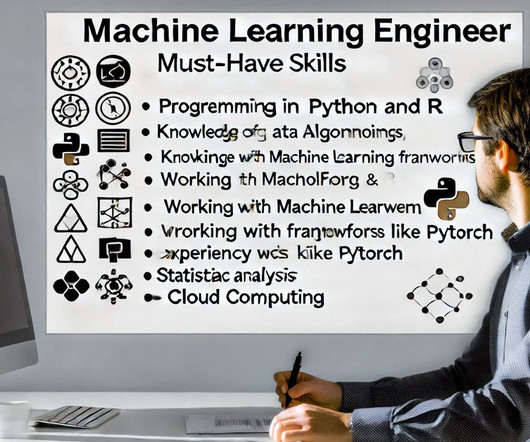
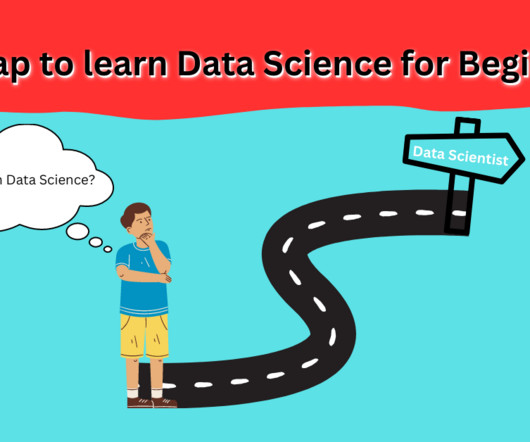
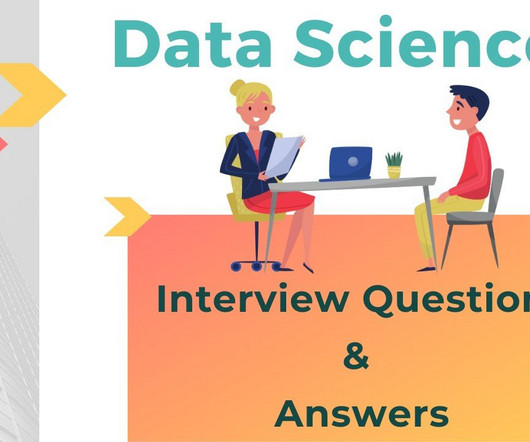
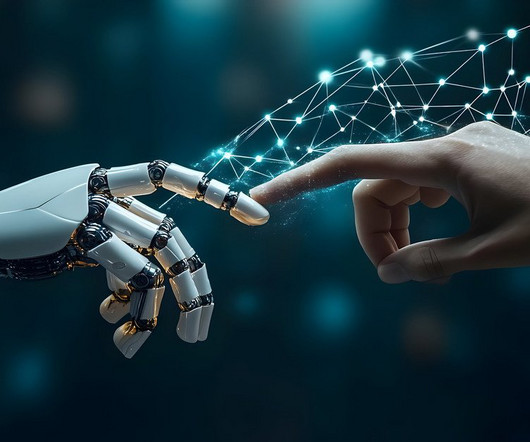
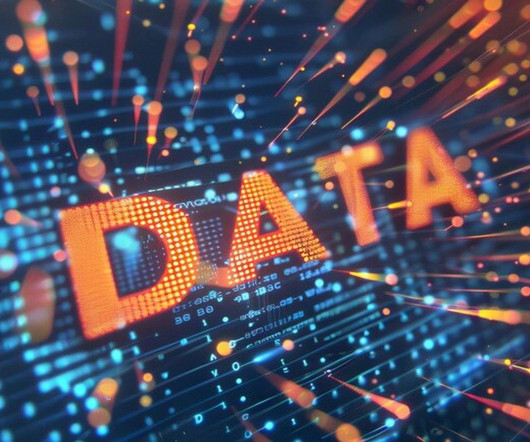
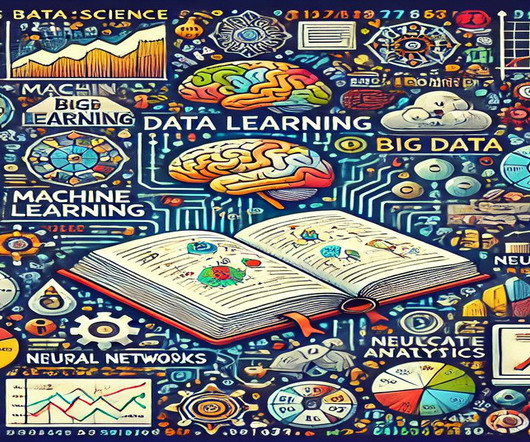
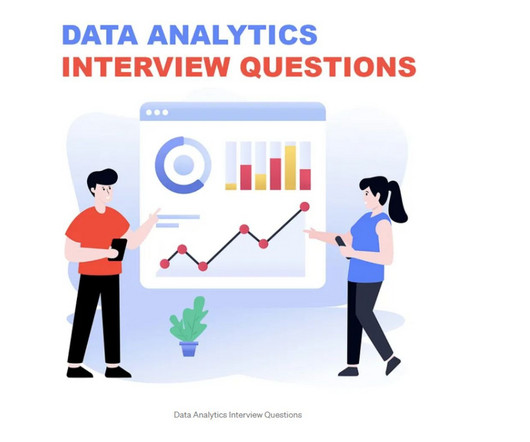






Let's personalize your content